Rutting Redears
Article by Troy Seal - Bluegill Network
It seems to me that every year, fishing with ultralight tackle gets more popular. I suppose the cost of everything is a contributing factor. I also think that fishing pressure and the number of people fishing now have some people looking for alternative species and styles of fishing, especially ones that are less technique-oriented and more simple or affordable. I am a more technique-oriented type fisherman and I will share some of that with you. Most of this can be done with a hook and a worm, either under a small lightweight bobber that won't make a big ruckus when it lands on the water, or just a hook with a bb shot or two in front of it.
Location. Shellcrackers are where you think that they would be, the same place bluegills would be. You will find them in shallow bays, depressions in the bank, creek arms that have flats adjacent to the creek channel, and just gently sloping banks that have pea gravel, sand, or a solid bottom. Cover, however, is more important to shellcrackers than bluegills when spawning. If you're looking while riding slowly in your boat at different banks and topography to find shallow water areas and you see a blowdown or a tree that has hung on a flat that has come down and stuck there during a high water period by all means stop and check it out. Keep a good pair of polarized glasses with you. This is solid advice that I rarely take myself because I lose them constantly. Hopefully you're better at that than me.

A keen eye and some serious observation will help you more than electronics. I know that's blasphemy for some of you. Sorry, not sorry. It's the truth. You can spot cover from a long way off, and if you're familiar with the body of water, you know where the shallow water is and where different types of cover are. That being said, it's faster to scan a large area with your eyes than it is to idle a boat past everything you see. So don't waste too much time with that. What you're looking for is a little bit of wood cover sticking up out of the water. If it's just one tiny stick up most definitely check it out because a lot of guys won't see that, and it could have a bigger part of it under the water.
Everywhere branches cross in a bramble of limbs, shellcrackers will be. They also love overhead cover, so if you have a shady bank that has limbs out over the water, there's going to be limbs under that where they fall out from storms or dead branches from maple trees or elm trees that are very common to shed branches often. These areas can be a true goldmine. Some of the biggest beds I have found have been under overhead cover amongst branches on the bottom that have fallen from trees. Blowdowns also produce good shellcrackers, but they're more obvious and will be hit by other anglers, especially those who can fish midweek.
Redears, while some think that they spawn deeper than bluegills, that has not been my experience on the bodies of water that I fish. My experience has been just the opposite, where bluegills will be most commonly in two to four foot of water, redears will be a foot or 18 in or 2 ft deep at the deepest, even if the water is clear. However, that can make them very, very finicky and/or skittish.

On an annual fishing trip to Maryland, Jim Gronaw and I found a large concentration of redears on the beds on a small body of water that had clear water. These rascals were finicky! You couldn't even get them to bite a red worm on a hook, weightless. You could throw it past the bed and drag it into the bed, and they would swim off. If you threw the lure on top of the bed as soon as it hit the water, they would swim off. There was no winning with these guys, and that was with live bait!
Redears are either hot or cold. So just because fish are bedding doesn't mean they're easy. I faced the same reality on a small body of water in Middle Tennessee in the Cumberland Mountain State Park. I found a huge nesting site full of redears, and they would not touch a thing. No artificials! No live bait! nothing! I never did catch one fish off those beds. However, the ones in Maryland, we waited an hour and came back, and for some reason, they had the feed back on. That brings us to time of day.
The time of day with shellcrackers can be a huge mystery. I don’t get it, and I have been fishing for them for years. In the winter, I usually fish midday till dark because the water temperature on nice days is warmer in the evening. But in the spring, man it seems like no rhyme or reason so you may have to double back and try spots later in the day or get up earlier the next day and try spots that you fished the evening before because sometimes the light switch is on sometimes the light switches off no matter what you do. So be patient. Shellcrackers are mysterious like a woman.
Now, for the techniques I use. I use a combination like a good boxer. The one-two punch with me is the one-two-three punch. I use a natural-colored trout magnet oftentimes because it seems to be a good color for shellcrackers, they also like yellow in my experience. Yellow is nice for fishing beds, especially if you have a little sunlight to allow sight fishing, as the bright colors are visible. If you see the yellow disappear, set the hook, man, they don't have hands! Sometimes I tight-line it if there's not much cover, other times I use a light foam bobber like an easy trout bobber from trout magnet or just a generic foam bobber with a toothpick for a peg that you can get in any tackle store in the country. Either way, use as light a jig as possible. I like a foam bobber best because it lands softly and doesn't spook skittish fish as badly.
Another lure that I love to use is the trout slayer craw, but in white for the same reason I like the yellow, visibility. White is a very visible color even in stained water and again if you don't see it, it's probably in their mouth. It's a little more of a bulky bait so sometimes if they're just nipping and not very aggressive, I'll pinch the claws and the front legs off and make it more compact. I might even shorten it by biting a little off the front.
The third artificial that I like is a small hair jig that I tie myself. The reason I like it so much is a certain sense of accomplishment or satisfaction that comes with catching a fish on something you made, plus nothing is better than a hair jig for tipping. Whether it be a small piece of worm or a bit of powerbait like a power wiggler which is my all-time favorite bluegill size jig tipping supplement. You can get an old Skoal can and dump the bag into it and just keep it in your pocket. You don't have to fight that Ziploc bag that way.
Other tipping lures could be the 1" gulp minnows, or other powerbait options like honey worms or even the gulp waxies. Power wigglers seem to be just as good as anything and are a good size. It's not a bad idea after you catch a few fish and they slow down to change color or lure altogether, and sometimes you can catch a few more fish from the same area that way.
Tackle. I prefer spinning gear, but you can use BFS, fly rods, spincast, or even long jigging rods. Actually, one of my favorite setups is a fly rod with a trigger spincast reel on the bottom. It's great for flinging a bobber rig or dipping into wood cover. And while I'm not a guy that worries about line color much, as I use hi-viz line most of the time; however, during the spawn in clearwater when they're skittish, a fluorocarbon leader isn't a bad idea.
In closing, I would ask one thing of you. I would ask that you manage the resource like you're going to pass it along, because you are. Redears don't populate as fast as bluegills and don't spawn as successfully as bluegills. So especially in small bodies of water release the big fish especially off the beds.
Have a great season
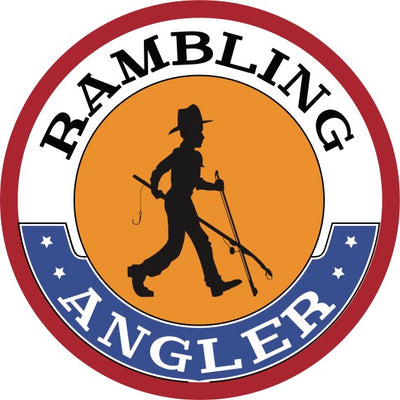
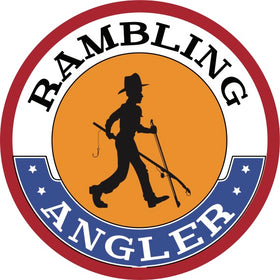


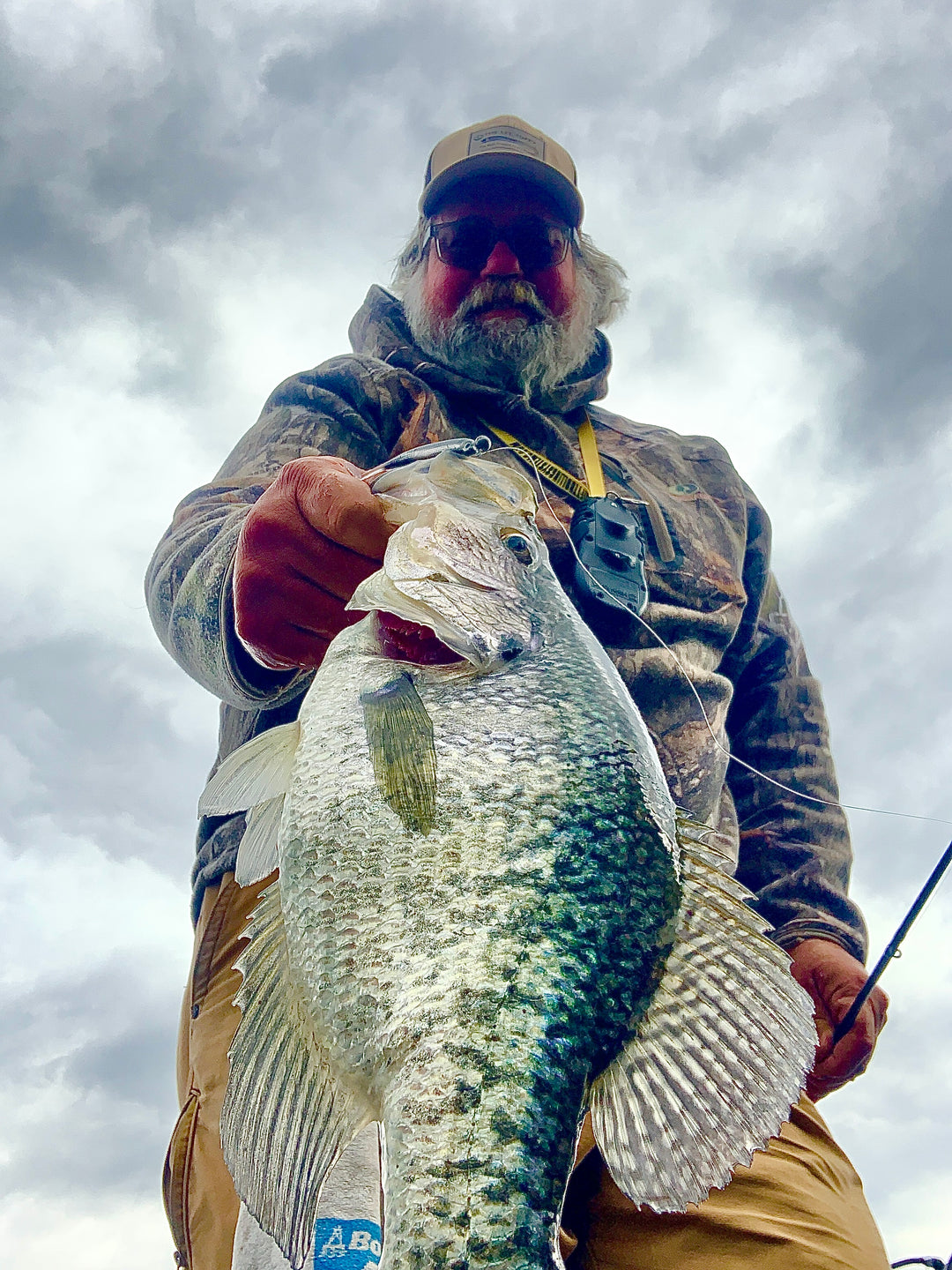
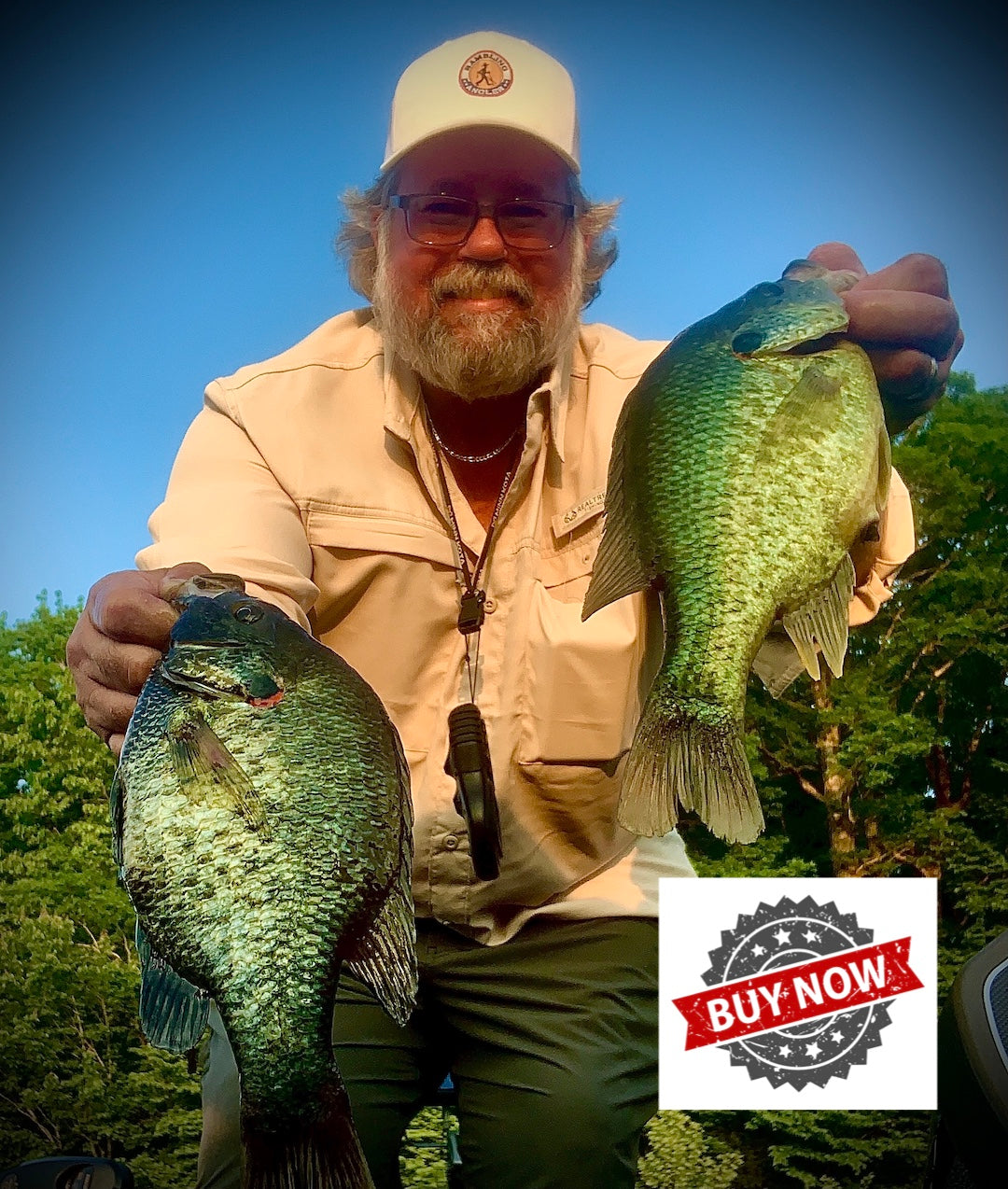


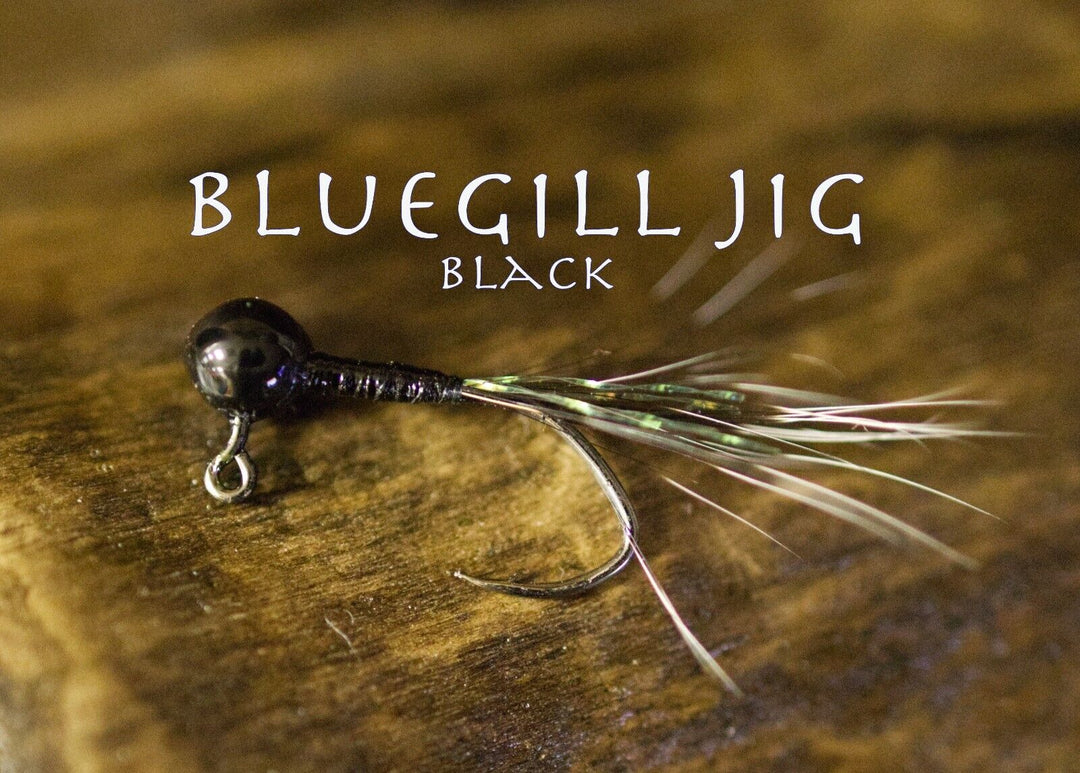






Leave a comment